A fixture is a technical auxiliary device used for a specific purpose. According to DIN 6300, fixtures are defined as manufacturing equipment that is linked to the workpiece. They are directly related to the work process. It can be said that the fixture functions as a link between the workpiece, the machine and the active elements (tool). Therefore, they are in addition to the manufacturing equipment and at the same time to the working and operating equipment. Fixtures can be divided into standard or special fixtures. In mechanical engineering, they are used to position the workpieces, hold them in a certain position, clamp them and in some cases, guide the tool during manufacturing. The main objective of a fixture is to ensure during manufacturing that the necessary assignment (position and orientation) of machine, workpiece and tool for machining and, above all, to ensure reproducible accuracy.
This should result in ensuring a consistent and reliably repeatable condition for work operations. The workpiece to be machined must be picked up and held in the predetermined position under all machining conditions during manufacturing. This is particularly useful if the manufacturing operation is a series production or if the turned and milled part to be produced is very complex. In this way, a position of the fixture is firmly defined before production, without the need to determine the position of the workpiece for each individual component. Due to the fixture, all components are in the same position and thus the series production is uniform. This type of fixture is called positioning fixtures. Their main task is to bring and hold the object in the exact predetermined position.
A considerable advantage of fixture construction is the reduction of non-productive time for aligning, clamping and measuring. In addition, secondary operations such as scribing, center punching and fitting are eliminated. The need for measuring tools and gauges is reduced and rework is eliminated. By using a fixture, the components to be manufactured are held in a specific position. This positioning of the workpieces in the fixture allows the dimensions of the manufactured workpieces to be kept within the specified tolerances. This is reflected in the quality of the components.
Furthermore, the use of fixtures makes it possible to reduce the physical effort required of CNC manufacturers. This leads to a significant reduction in workload. When using a multi-piece fixture, several workpieces are machined in parallel, which consequently reduces the production time and thus extremely minimizes the effort. However, this is only possible if a correct clamping device is used that is adapted to the process. If this is the case, set-up and working times can be reduced to a minimum, thus reducing waste. In addition, tool wear is reduced due to reliable workpiece clamping and tool costs are kept low.
therefore, the design should be done carefully and include as many standard parts or assemblies as possible.
These high initial costs of the kit add up to component storage and assembly space costs.
A key aspect that should be considered and falls into the realm of cost is capital commitment.
Since the fixture is present in the companies, it represents a commitment of capital if it is not used regularly.
This is accompanied by the disadvantage that if the fixture is used frequently or if it is not used often, damage to the fixture can occur. Further aspect, which puts the device in a negative light, can be summarized under the field of technology. Thus, devices not only have a certain size, but accordingly have a large volume.
Furthermore, fixtures are limited to their size and rigidity. Therefore, especially in flexible manufacturing systems, it is not possible to enable all-round machining of the workpiece. Likewise, fixtures always represent a secondary use time, which is why they should be kept as low as possible for cost reasons.
Lathes are designed for a wide variety of turning processes such as face, round, screw, roller, profile and form turning. They belong to the machining production processes with a geometrically defined cutting edge. In turning, machining is performed with a closed, usually circular cutting motion. This cutting movement takes place transversely to the cutting direction by means of feed movements. Due to the rotary axis, the position in relation to the workpiece is maintained during the cutting movement independently of the feed movement. This is due to the fact that the rotary axis is workpiece-bound. During turning, the main drive generates a rotating movement of the workpiece, which is clamped in the main spindle. Turning is a subtractive process that finds its application in production engineering. Therefore, it is possible to use a fixture in this process. For example, the use of a turned part quick chip drilling jig can be helpful in manufacturing to use cross holes in the turned part rationally. For this purpose, two-, three- or four-jaw chucks and collets are applied to the main spindle of the lathe for long and short rotationally symmetrical parts.
Jigs and fixtures are used in metal cutting manufacturing to produce components while increasing flexibility and reducing non-productive time. The task of fixtures is to position, hold, chip and in some cases guide the tool of the workpieces to be manufactured. They support the CNC machinist during production and are useful not only for series production, but also for single-part production. Due to the support, it is also used in the production of turned parts. So the turned parts can be manufactured with the same quality. However, the cost points must not be disregarded when purchasing a fixture, but must be compared with the existing advantages of a fixture. On this basis, CNC contract manufacturing can make the decision whether an acquisition is worthwhile.
You want to have several turned or milled parts manufactured? With us, you have the opportunity to confidently place your desired components in the hands of our CNC contract manufacturers.
Submit an inquiry today.
Try our service!
Convince yourself of our uncomplicated service and make a production inquiry.
You will be surprised how little effort is required.
You can look forward to a high-quality prototype or a corresponding small series on the desired delivery date, which fully corresponds to your production drawing. Give it a try - it's worth it!


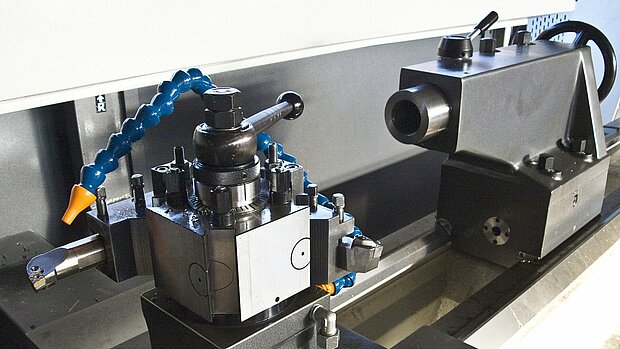
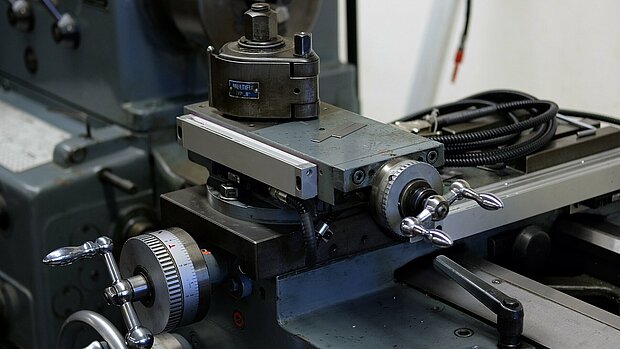
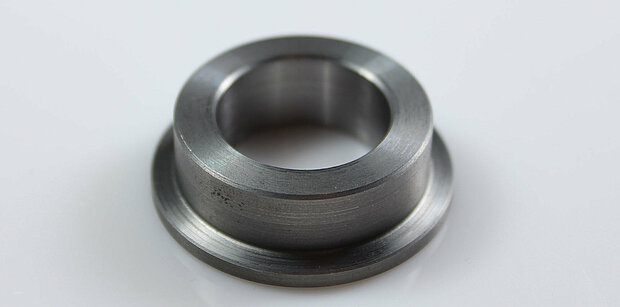
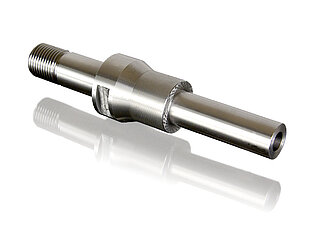
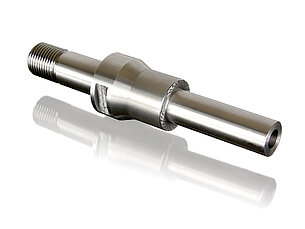
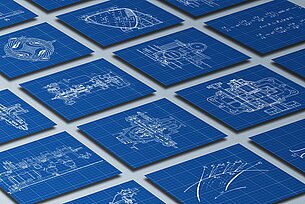


![[Translate to English:] PART FACTORY - Kontaktaufnahme [Translate to English:] PART FACTORY - Kontaktaufnahme](/fileadmin/_processed_/2/4/csm_woman-2773007__340_590260e0fe.jpg)